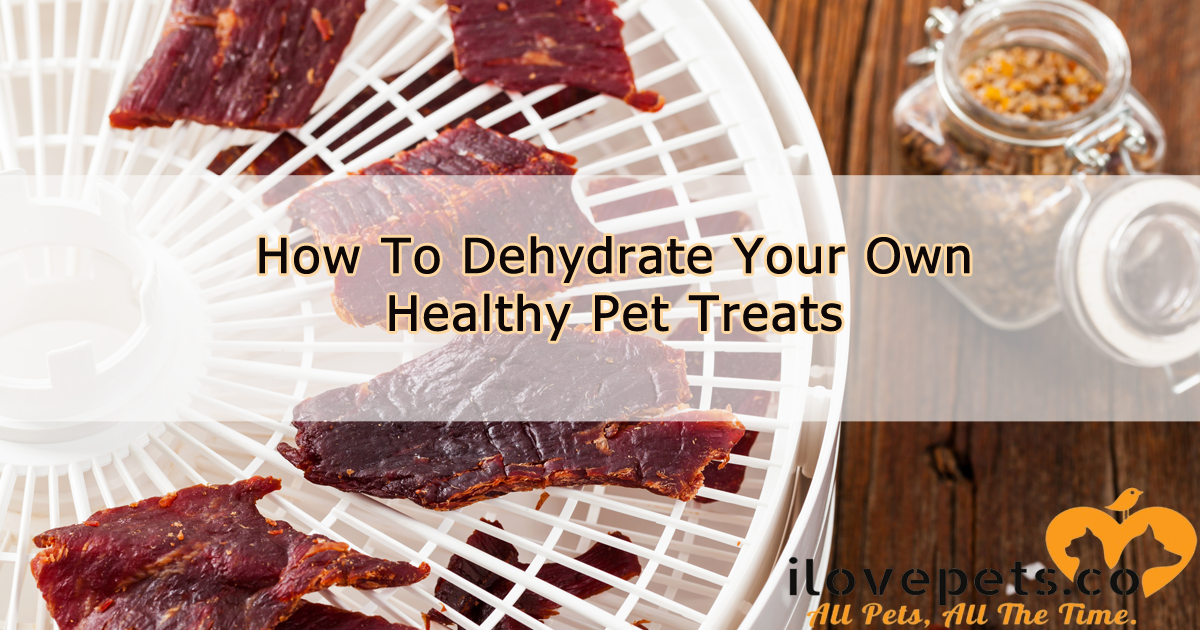
Cheap pet treats aren’t healthy, and healthy treats aren’t cheap.
Ounce-for-ounce, biscuit-type treats are typically cheaper because they are made with fillers like flour or starch. Treats made with mostly meat tend to be healthier for cats and dogs, though some are made with artificial preservatives that can lead to chronic health issues when fed long-term.
While it’s perfectly fine to offer your pet’s favorite store-bought “junk food” treats, especially if your pet finds them highly motivating for training, you need to feed them in moderation to prevent excess weight gain and watch out for pet product recalls.
Making treats at home means you can know exactly what goes into each recipe. However, it can be tough to find time to make homemade pet treats, especially because they go stale quickly without the use of commercial preservatives.
Using an oven or dehydrator is a great way to make healthy, affordable, long-lasting treats that your pets will crave. You can even use natural preservatives to help them stay fresh.
Choosing A Dehydrator
You can easily find a dehydrator for less than $50. The round models may take up less space, but they can be more difficult to fit with parchment paper if you decide to make treats that would fall through the tray. Your dehydrator should have an adjustable temperature setting that goes up to 165 degrees Fahrenheit to ensure that any meat you prepare in it will be dehydrated safely.
Dehydrating Fruits And Veggies
Fruits and veggies are high in vitamins and minerals, though they are not all equally healthy. Apples, strawberries and other sweet fruits are high in natural sugars. They’re okay in moderation, but you will need to take into account how concentrated they will become once dehydrated. Too many sweet fruit treats can lead to diabetes and obesity.
Tummy-Friendly Pumpkin Puree
Your veterinarian may recommend adding pure, canned pumpkin to your pet’s diet for extra fiber. This can help resolve diarrhea and constipation. Instead of opening a new can every time your pet needs digestive help, you can dehydrate the pumpkin to create a powder that you can rehydrate or sprinkle over your pet’s food.
You’ll need to use silicone baking sheets or parchment paper to keep the puree from falling through the grating. Spread it as thinly as possible to speed up drying. Dry at 125 degrees for up to 12 hours, or until crumbly. Then, pulverize in a food processor or blender.
Crunchy Green Beans
Green beans are full of fiber and can help overweight pets feel full when they’re on a diet. Marinate in low-sodium chicken, beef or bone broth to make them more enticing. If fresh, blanch in boiling water for five minutes, if frozen, no blanching is necessary. Place in a single layer then dehydrate at 120 degrees for up to 8 hours.
Apple Chips
Remove core and seeds, and skin, if desired. Use a mandoline or peeler to create thin slices, then soak in lemon water (1 tbsp lemon juice per cup of water) for 30 minutes to keep the apples from browning. Sprinkle with cinnamon, if desired. Dehydrate at 125 degrees for about 12 hours.
Sweet Potato Chips
Peel and slice with a mandoline or peeler, then dehydrate at 125 degrees for 8 hours. Optional: Season with a small amount of cinnamon.
Times may vary depending on the thickness of your treats, humidity in your kitchen, and temperature setting. Bend the largest pieces to check for dryness. When stored in a jar or bag, moisture should not collect in the container – if it does, dehydrate for a few more hours.
Dehydrating Meat And Fish
Meat and fish need to be dehydrated carefully to prevent bacterial overgrowth. This is even more important if you want the treats to be safe for human consumption. Meat needs to be heated throughout at 165 degrees to kill any bacteria. Bacteria can become increasingly heat resistant if it begins to grow in a warm dehydrator. You can deter the growth of bacteria by cooking your meat before dehydrating it, or by warming it in an oven for 10 minutes at 275 degrees after dehydrating.
Use lean cuts of meat and fish, and trim away any visible fat. The fat will not fully dehydrate and will cause the jerky to go rancid. Flank steak and London Broil are popular choices for beef jerky. Turkey and chicken can also be used.
Optional: Season with pet-friendly spices and herbs like parsley, basil, and oregano. Garlic powder is safe in small amounts. Salt is also safe in small amounts. These are natural preservatives that will help prevent bacterial growth.
Marinating for up to 24 hours can help kill off bacteria before dehydrating – use 1/4 cup apple cider vinegar per four cups of water.
Using Your Oven As A Dehydrator
If you do not have a dehydrator, you can dehydrate treats in your oven, though it will use more electricity and will heat up your home, which may be uncomfortable in the summertime. Set your oven to the lowest possible temperature, which will likely be about 170 degrees. Keep the door ajar to allow moisture to escape. On the plus side, your treats will be finished much sooner; check every 20 minutes until desired dryness is reached.
Storing Dehydrated Pet Treats
Dehydrated treats can last at least a week when stored in a cool, dark place in an airtight container like a plastic baggie or glass jar. For longer-lasting treats, store in the freezer – they’ll defrost very quickly so they’ll be ready to use right away.
What kind of treats are you going to try first?







